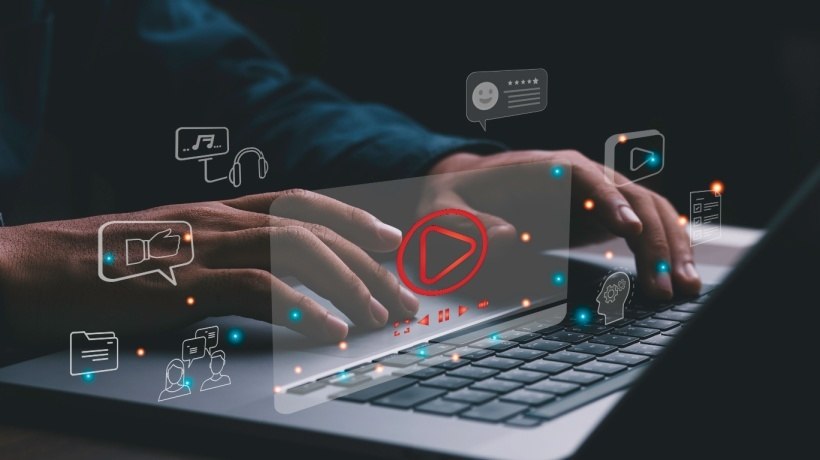2 Ways To Maximize Learning Integration And Minimize Work Downtime
What would you do if you purchased something and it didn’t work? Chances are you’d return it for a full refund. This is how internal clients feel when they pay for a learning solution and it falls short of their expectations...they expect it to work; if it didn't, they have the right to ask for compensation.
As a divisional director for a major Fortune 50 company, I'd regularly send my staff to training. They’d return to work but I never really noticed an improvement in their performance. Unfortunately, this was a regular occurrence each time they returned from training. And it was exceptionally frustrating and infuriating, especially when my hope was to have them return better than when they left.
The only thing that changed in my team was lost productivity time due to their being away and subsequently a significant reduction in my budget as I was the one paying for it. Safe to say, I wasn’t a happy client or director and neither was my boss. And, I wanted my money back.
Granted, this was years before any type of eLearning technologies had emerged. But technology or not, I expected that training would help my staff to improve their work performance and, for me, to achieve my performance objectives. Neither of them happened.
Today, learning practitioners have many available tools and technologies to ensure learning efforts are easily accessible to employees and minimize any type of workflow interruption. These learning resources are meant to help you to do just that.
In the current work environment, learning must become an integrated and seamless component contributing to operational objectives. Yes, that sounds like a mouthful but here are 2 things you can do:
1. Identify Employee Work Need
Those who actually do a front-line and operational job want to do their work better, faster, and simpler. They don’t need to learn about every aspect of their job, work, or even possibly all of the steps in their work…they just need to improve one or possibly a handful of skills.
Not too long ago, a company asked us to help them develop a course to train production employees on a new piece of equipment. Apparently, the supplier trained them but didn’t focus on specific functions. The result was simple. We developed brief eLearning modules to improve or refresh their core production equipment skills.
2. Be Relevant
In my production equipment training example, employees didn’t need to know everything, but simply what was relevant to them in order to become more efficient and, as a result, reduce defects. The equipment supplier believed it would have been beneficial if we had included the history of the equipment. Our client and I disagreed with the supplier. Our efforts addressed the skills required and how it differed from the old equipment.
Employees are also under pressure in order to get their work done and due to tight deadlines. They have little patience for learning efforts that take them away from their work for any amount of time. This is why you must avoid causing work downtime and leverage the existing non-operational time as much as possible. Again, this is where eLearning technologies can help.
One thing your learning solutions should always strive for is to be brief and on-demand. A utility company asked our team to reduce repair time their electrical pole technicians spent to address neighborhood blackouts. The techs couldn’t be taken off the road for any training time. We decided to create a virtual help desk and provided them with electronic tablets. The help desk provided for real-time learning tools, immediate access to subject experts, and a library of relevant technical resources. Doing so reduced repair time by 40% in the first year alone.
Design your learning solutions to fit the needs of those requiring it. Fit the learning into their environment and the way in which they want to use it. Your learning solution is not about producing a course. It’s about being integrative within their work and accessible when they want to use it and in ways that they expect to apply it. Integrate into the workflow, and take advantage of existing downtime.
Did you enjoy this article? Would you like to learn about how you can do the same for your company? If so, please contact me. I'd enjoy hearing from you. I'm always seeking topics that shake the status quo. Who knows? It may be the topic of my next eLearning Industry article.









